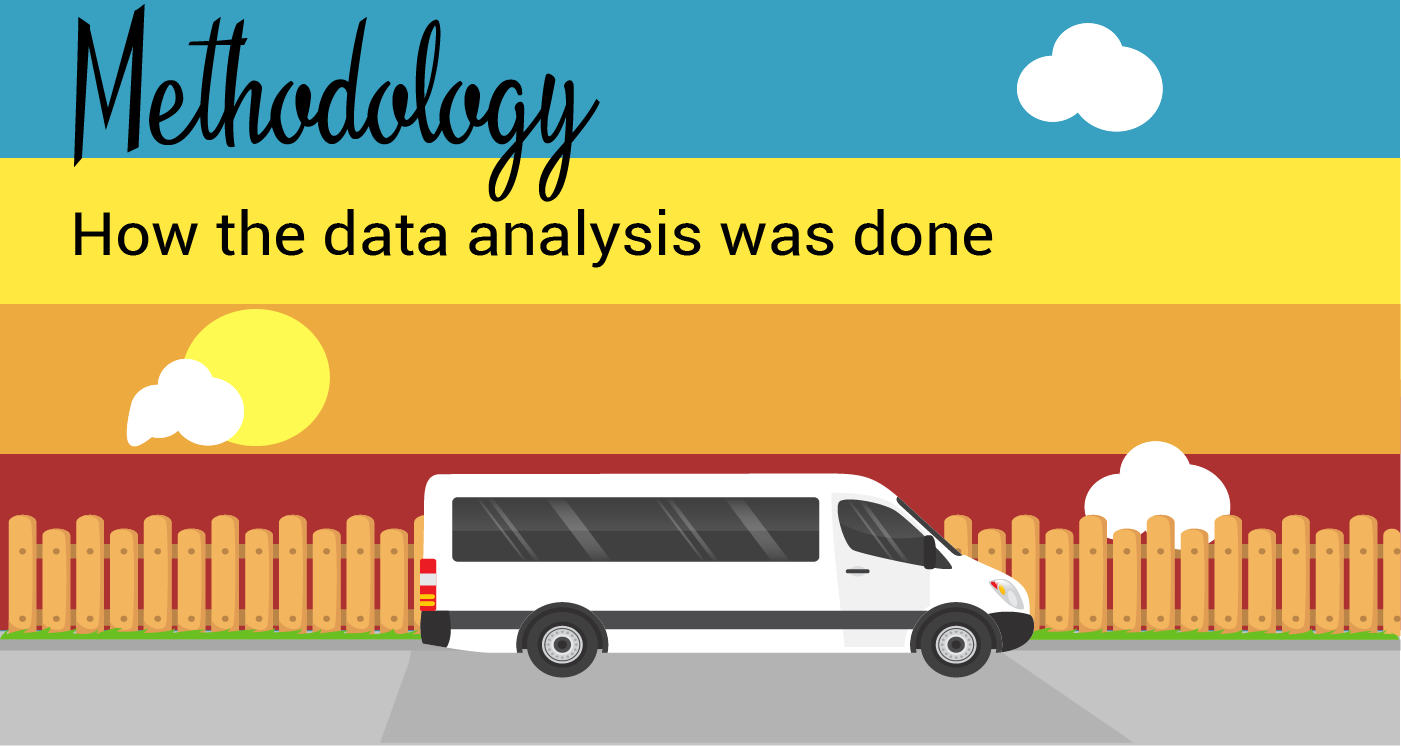Here's how I collected, cleaned and analyzed for this piece.
All county-level Zillow data available for rental properties across the United States was downloaded. I selected Zillow because it provides one of the larger housing databases with accurate data. While this database won’t include every possible listing, it contains a high number compared to other sources.
The Zillow data provides a Zillow Rent Index (ZRI) which includes the Median of the estimated rent price for all homes and apartments in a given region. The data was also filtered for all homes to get the best sense of the market.
The first dataset that was downloaded for the purposes of this piece was median rent by county. The dataset was then filtered for only California counties.
The same process was repeated with a dataset on city median rents, also from Zillow.
Next, the average median rent for the county and city by month was calculated from January 2011 to December 2018, the most recent data at the time of analysis.
Percent change was also calculated in Excel for each year by subtracting the previous year’s rent value by the next year and dividing by that previous year (i.e., using the (New Value - Old Value)/Old Value formula). This was done between 2014 and 2018 as well to determine the five year percent change which yielded 38% for LA County, 30% for Los Angeles city, 29% for Riverside County, and 23% for Ventura County.
These counties were selected because they are adjacent to Los Angeles County, and how similar trends,. My interviewees have been living in these counties.
Cost burden was collected from a study done by apartmentlist.com that looked at cost burden all over the nation.
For the map specifically, the data was pulled from Zillow Median Rent December 2018 for each zip code in Los Angeles County. It was then input into a spreadsheet to be pulled into the code itself.

